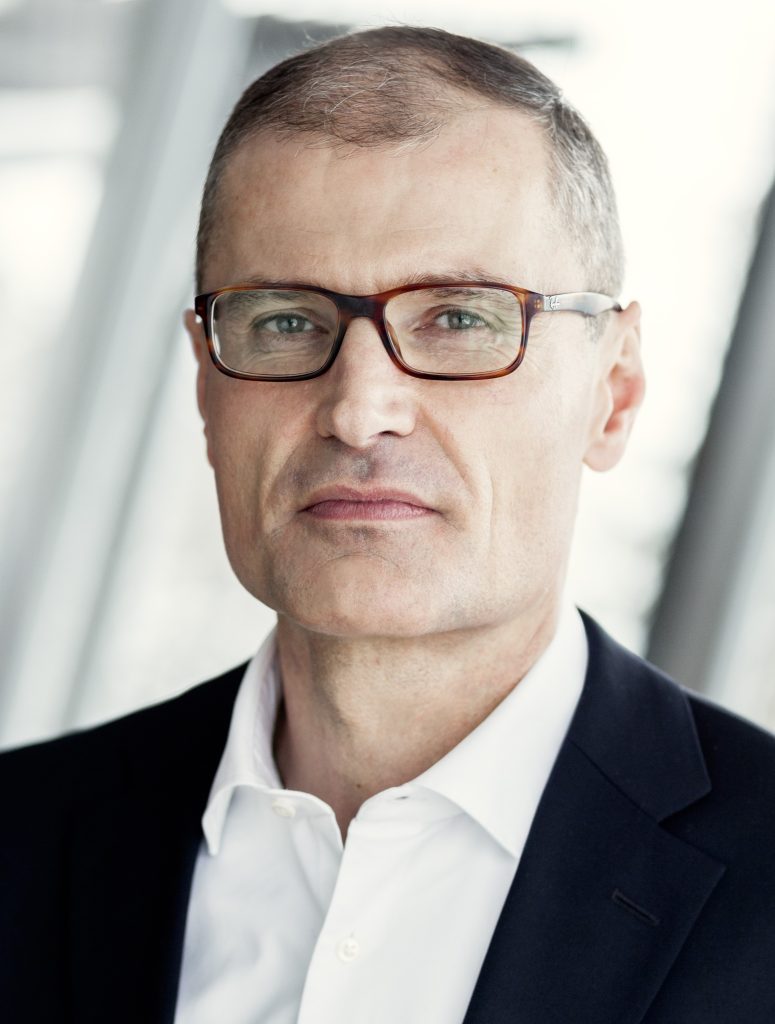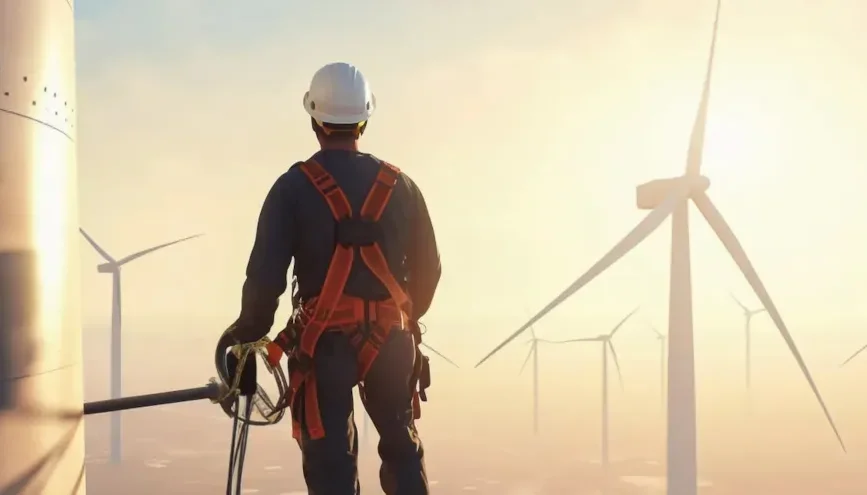Bilbao 21 March 2024 – DNV, the independent energy expert and assurance provider, is calling for deeper industry collaboration to develop robust offshore wind standards, ahead of the WindEurope conference in Bilbao.
Highlighting findings from the latest Energy Transition Outlook — which forecasts wind power as Europe’s primary renewable energy source by 2050, contributing to 43% of total electricity generation —, DNV is stressing the urgent need for joined up thinking to instill trust in the technologies needed to accelerate the transition towards deeply decarbonized integrated energy systems.
With ambitious net-zero objectives and sustained investments propelling large-scale green energy projects, Europe has set a precedent for renewables programmes. Against a backdrop of geopolitical complexities and industry challenges, the region has maintained its leadership in wind power, showcasing a steadfast commitment to environmental stewardship. However, the industry faces a critical juncture, as it grapples with the necessity of investing for significant growth while concurrently driving down the total costs of wind energy (LCOE). It is a challenge that is particularly acute in Europe, where the heightened market susceptibility to crises underscores the urgency for clarity in guiding the industry forward.
Standardization of offshore wind farm components and across the value chain is crucial in overcoming this challenge. DNV believes embracing international standards will play a pivotal role in realizing the full potential of wind energy, ensuring its sustainability and competitiveness globally by enabling the industrialization and scaling of supply chains.
“For four decades, DNV has been a pioneer and pivotal player in the wind industry, providing standards and certification to ensure quality, reliability, and affordability of technologies. We have acted as the primary type certifier for top wind equipment manufacturers, certifying over 70% of all global offshore wind projects,” says Ditlev Engel, CEO, Energy Systems at DNV.

“Our approach now goes beyond specific projects, offering trusted integrated solutions for scalable technology growth. Moreover, our constant involvement with all the stakeholders in the energy transition has enabled us to witness the evolution of our energy landscape firsthand. Concerns once considered peripheral, such as cyber-resilience, environmental impact, lifetime extension and decommissioning, are now central to planning and financial decisions for wind projects. As an independent expert, DNV supports sustainable growth at every stage, keeping in mind that our mission transcends technology, encompassing the well-being of the environment and communities. Our focus is first and foremost on securing and advancing the transition to reliable, deeply decarbonized integrated energy systems that scales fast and are cost competitive.”
DNV currently leads over a dozen collaborative initiatives to deliver trusted solutions to the entire wind energy sector. These encompass projects to:
- Upgrade marine operations safety and reliability standards;
- Address wind turbine end-of-life challenges;
- Protect critical assets through cyber-resilience measures;
- Alleviate cyclone and earthquake challenges for wind farms (ACE1 and ACE2);
- Implement wind turbine blade damage detection using artificial intelligence (Blade-AI);
- Define guidelines for concrete floaters for floating offshore wind (ConcreteFLOW);
- Ensure dynamic stability for floating wind turbines;
- Provide safety and reliability guidelines for the design of floating offshore wind substations;
- Optimize mooring and dynamic inter-array cable systems;
- Promote pragmatic approaches to ground investigation;
- Analyze turbulence using LIDAR measures;
- Standardize resin uptake testing methods for the characterization of sandwich foam core materials;
- Explore early-age cycling effects on grouted connections;
- Develop certification standards for the installation aid equipment for fixed offshore wind farms;
- Provide services to prevent the erosion of the leading edge of fan rotor blades;
- Tackle environmental concerns in offshore wind planning, including biodiversity preservation.
These Joint Industry Projects and other initiatives are designed to foster innovation, safety, and sustainability across all aspects of the wind energy industry, contributing to a cleaner, more resilient energy landscape.
“We are very technology-optimistic: collaboration and knowledge-sharing drive our strategy, particularly in offshore wind projects, where we have found that joint industry efforts are best at producing robust standards to accelerate technology adoption – which, in turn, enhance energy security, and maintain Europe’s leadership in wind energy innovation,” Engel added.
At WindEurope Bilbao 2024, DNV invites industry stakeholders, policymakers, and visionaries to join their experts in the wind sector, including technology certification, plant control and monitoring (Scada, EMS, etc.), cyber-resilience, digitalization, repowering, and decommissioning – to explore innovations for the offshore industry and discuss case studies, best practices, challenges, and opportunities.



























